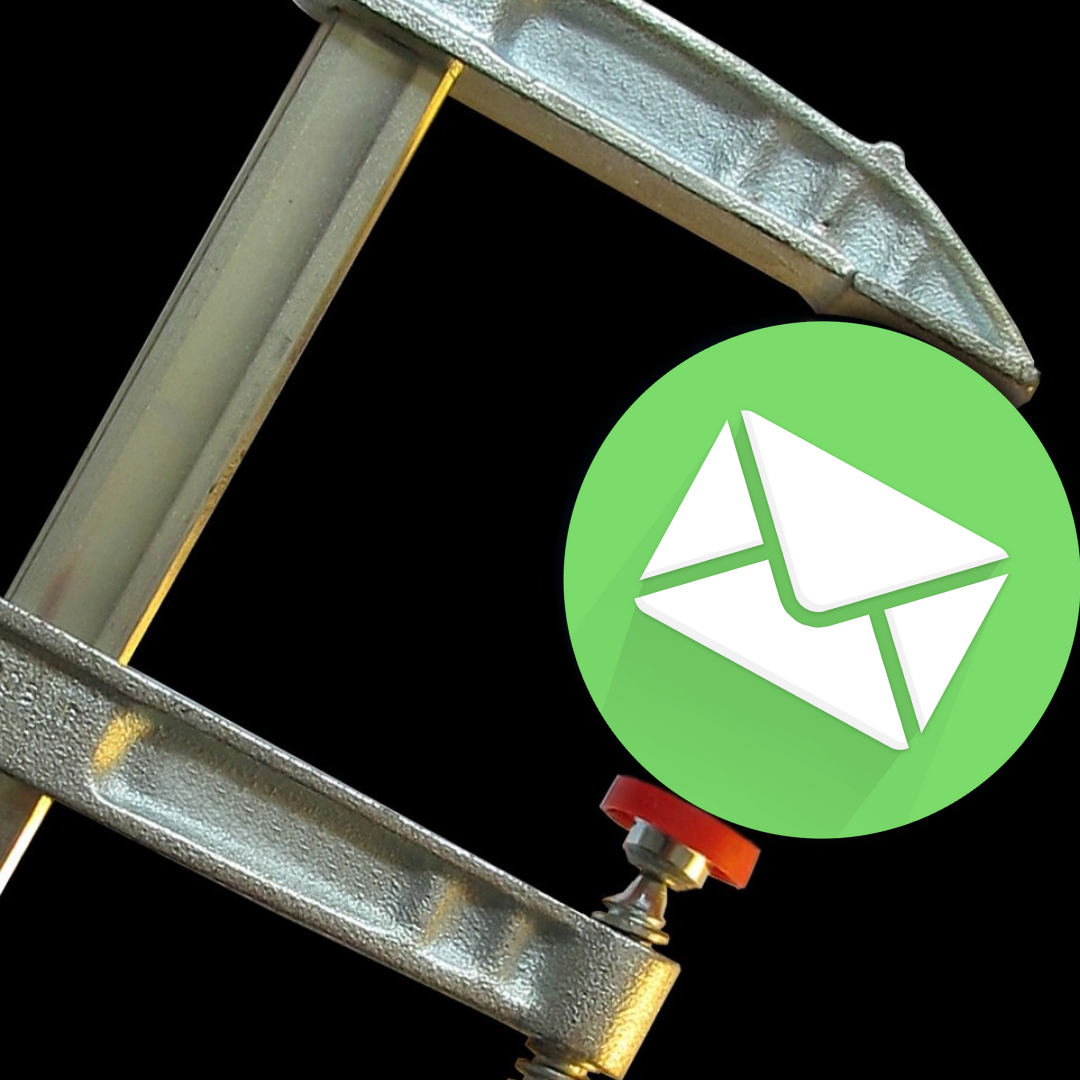No, squeeze pages are not where you squeeze everything you can out of donors. They are a type of landing page where you just try to get names and emails from people. That’s all. You give people a choice of giving you their information or leaving the page. Leadpages does a great job of covering the various types of squeeze pages in general.
As a very simple, straightforward page, they can be very easy to put together. Plus, if wielded wisely, they can be a powerful tool for nonprofits.
Here are some of the keys to integrating squeeze pages into your nonprofit marketing plan:
You Need to Get the Right People to the Page
Squeeze pages have such little text that they likely won’t be found easily with search engines. You are intentionally driving people there – either via social media, other pages on your website or another of your marketing techniques. Keep in mind, you could use the roughly $120,000 yearly in free advertising from Google with a squeeze page.
Keep It Simple
Again, you want to have concise copy and are just asking, in a direct way, for a name and email. You don’t need two videos, five disconnected images and six buttons to donate on this page. Be clear that this is what you want and why.
You Need Compelling Copy
Do you have tried and true phrases? This is a great place for them. If you’re struggling for inspiration, check which social media posts, Google advertisements, high-converting website pages from Google Analytics and even ask your development team. Keep in mind, you can easily test different phrasings over a few months.
The Copy Needs to Match the Audience
Oftentimes a more warmed-up audience is given a squeeze page – someone that already trusts you enough to give you their info, but just hasn’t taken that leap of faith quite yet. It’s possible to send a first time visitor to a squeeze page. But be intentional with the copy.
If you have an inspiring reason for joining your list, you can be direct about this. You can say the first step to taking action for – insert your cause – is sharing your name and email. However, you should try to ensure that the people you’re targeting get spoken to as personally as possible. If the people came there from a Google ad wanting to learn how to take action to fight homelessness, you should have copy about homelessness and not about how to donate food.
Make Sure You Follow Up Quickly
A short thank-you page or text should be a given. Plus, have at least an automatic email sent acknowledging them and potentially with the next step. An automated series of welcome emails would be a step up from this, especially if you can try to get them to engage with your team personally. Simply putting them on your quarterly newsletter is a great way to lose their interest at a time when they’re likely itching for taking the next step.
Don’t Limit Yourself to Just One Squeeze Page
You probably have multiple ways to get traffic to a particular page and multiple audience personas. Each could warrant its own squeeze page. Even if you don’t want to get too complex with building out squeeze pages early on, you should still A/B test the copy. At a minimum, you could test copy for one month and then different copy for the next and see the results. Coming up with a few lines of text and checking up on the data won’t take much time but could drastically impact the results.
Conclusion
You need to be growing your email list. If you have a proven way to get traffic to your site, then a squeeze page is a place you should be directing some of the traffic. It’s not very time consuming to put together. Rather than worrying about how to craft the perfect UX and funnels on your site, be direct with some of your audience. Tell them why they should trust you with their name and email. They just might oblige.

